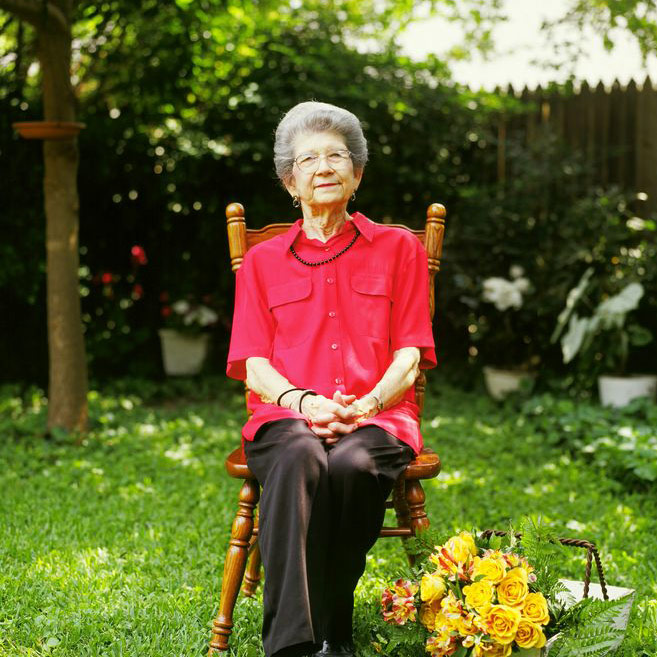TUESDAY, Nov. 22, 2016 (HealthDay News) — Palliative care can ease the burden that a serious illness places on both a patient and loved ones, but there’s no evidence that it can extend the life of a sick person, a review of the available evidence has concluded.
People who receive palliative care have better quality of life and fewer symptoms than people who don’t receive such care, said study lead author Dio Kavalieratos. He is an assistant professor at the University of Pittsburgh School of Medicine’s Section of Palliative Care and Medical Ethics.
But there’s no evidence that palliative care has any impact on how long a patient will live, Kavalieratos added.
“We didn’t find an association at all,” he said. “There was no relationship between receiving palliative care and time until death.”
Palliative care focuses on providing seriously ill patients relief from their symptoms, pain and stress, regardless of their diagnosis, Kavalieratos said. While symptom management is emphasized, palliative care also includes help with decision-making and psychological support for patients and loved ones.
For this report — the first evidence review of palliative care’s effect on patients’ survival and quality of life — researchers analyzed data from 43 clinical trials involving over 12,700 adults with a serious illness and nearly 2,500 of their family caregivers.
Individual studies have found a potential survival benefit from palliative care, helping patients live a few months longer, Kavalieratos said. His research team wanted to see if all current scientific evidence would back that up, if pooled together.
“The pathway between receiving palliative care and survival, it intuitively makes sense,” Kavalieratos said, noting that patients receiving palliative care are suffering less and therefore not stressed about their illness as much. “You could probably make a plausible biological argument that they might live longer,” he added.
On the other hand, palliative care is meant to be an extra layer of care added on top of whatever treatment a person might be receiving to cure or delay the illness. “To be fair, palliative care’s intent isn’t to have an impact on mortality,” Kavalieratos said.
The researchers found that palliative care did provide clinically significant improvements in patients’ quality-of-life burden at one-month and three-month follow-ups, based on evidence drawn from 15 applicable trials.
The findings also showed that palliative care could reduce a person’s symptom burden at one and three months, but the evidence for this was weaker due to risk of bias in the studies.
Palliative care was also associated with better advance care planning, patient and caregiver satisfaction with care, and lower utilization of health care resources.
However, there was mixed evidence regarding a host of other measures — whether a person died at home or in a hospital, how the care affected the mood of patients or caregivers, and whether it reduced overall health care expenditures.
In addition, the pooled evidence did not support better quality of life or symptom management for patients at four to six months of follow-up.
Despite these drawbacks, Kavalieratos said the data “paints a pretty compelling message” that supports the value of palliative care.
“In these patients’ potentially most stressful times of their lives, palliative-care interventions were able to improve quality of life and reduce symptoms, among other things,” he said.
Dr. Preeti Malani, an infectious disease professor with the University of Michigan Health System in Ann Arbor, agreed that the results show palliative care is worthwhile.
“The fact that the survival benefit is not there, that doesn’t mean a lot to me clinically, because over the disease course you know there’s going to be decline over time,” Malani said. “It’s just a matter of how quickly people decline.”
Malani said medical schools need to start integrating palliative care more tightly into the training they give doctors in training.
“You’re never going to have enough formally trained palliative care clinicians, so we need to train all clinicians who have these type of interactions with seriously ill patients,” suggested Malani, who co-authored an editorial accompanying the report.
The new evidence review appears in the Nov. 22/29 issue of the Journal of the American Medical Association.
More information
For more on palliative care, visit the Center to Advance Palliative Care.
Copyright © 2025 HealthDay. All rights reserved.

